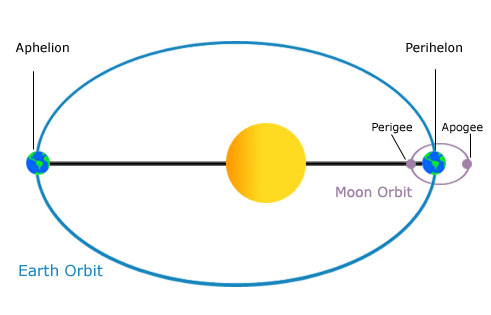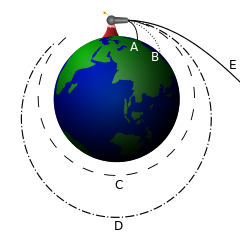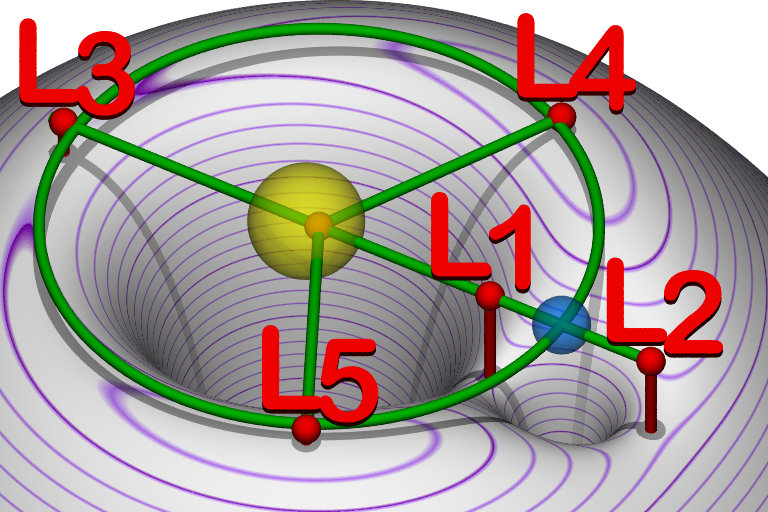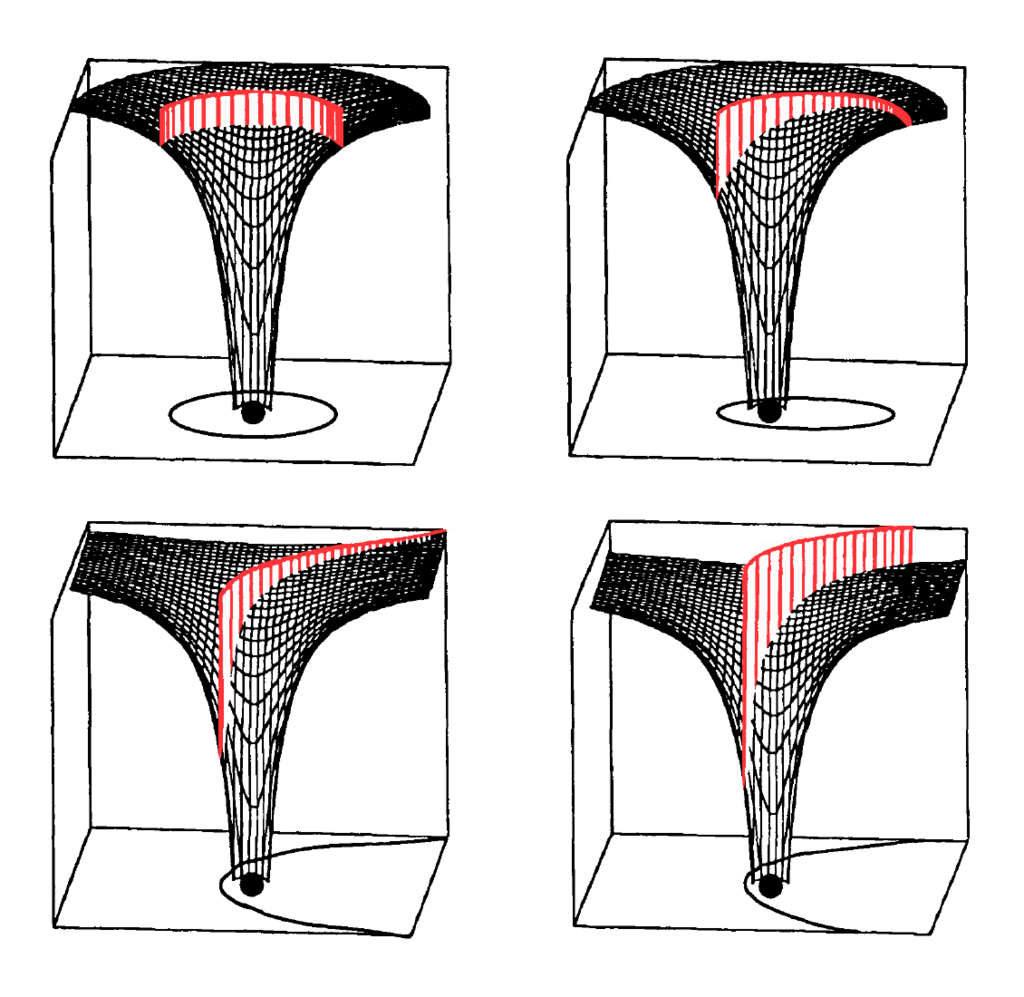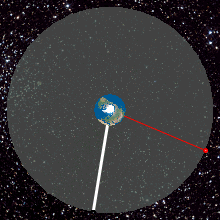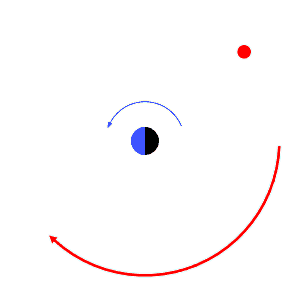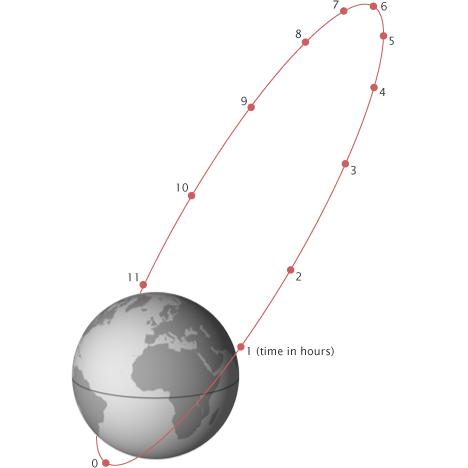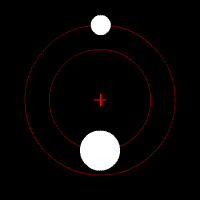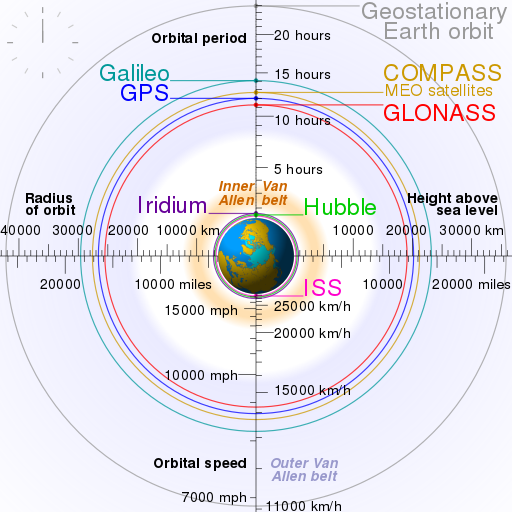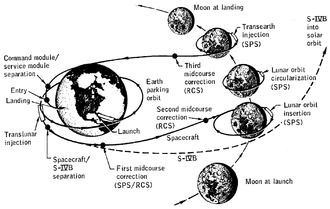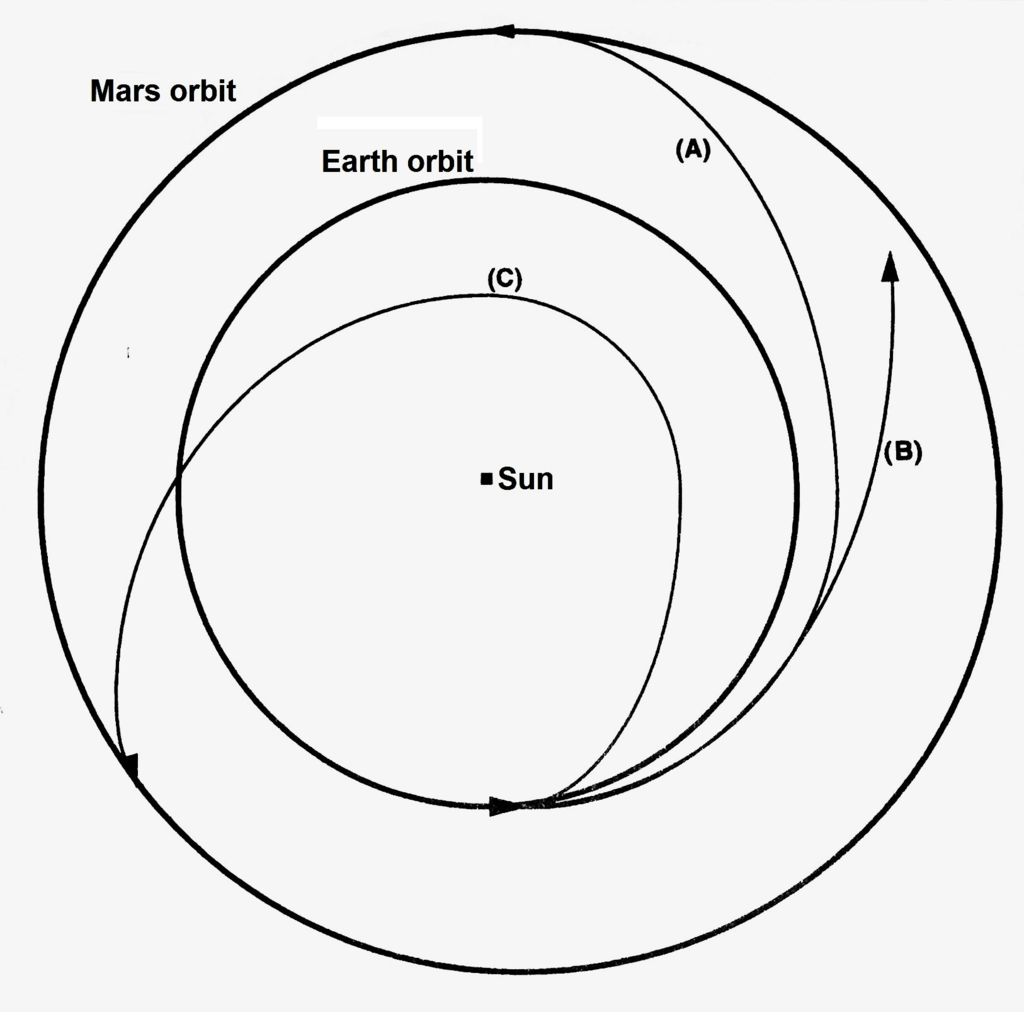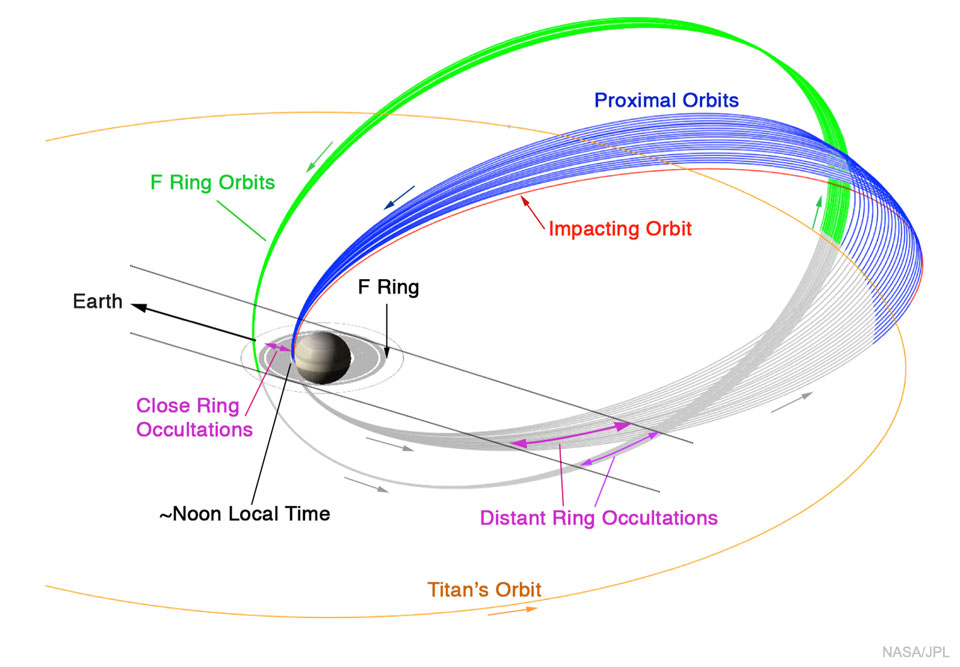What Is An Orbit & How Do They Work? ⧂
Orbits Explained
Everything in space is in motion, so nearly every object is in orbit around another object! Orbits are the paths that objects take while speeding around a larger object which it is gravitationally bound too. They come in many forms, from the nearly circular orbits of the planets to the highly elliptical orbits of comets! An object must maintain its high speeds otherwise they’d fall out of orbit and impact the larger object!
Learn About Orbits!
An orbit is a curved path in space that an object repeatedly makes as it goes around another larger object. This occurs because as an object (like a planet or moon) attempts to travel in a straight line through space, its path is curved towards the larger object (like the Sun) due to its mass and gravity. So the object in orbit is basically constantly falling towards the larger body, but seeing it has a high enough sideways speed, it is always falling away from it. Also, considering there is no air to form frictional drag in space; this motion goes on forever completing orbit after orbit with no energy loss.
For an object to enter and stay in orbit around another body, the force of gravity and the objects speed have to be in balance. If an object such as a space probe approaches a planet too fast, it will speed past and not be ‘captured’ into orbit. Alternatively, there is also a special speed that an object in orbit can reach and be able to leave the orbit. This is called the escape velocity!
Any small natural object orbiting a larger one is called a natural satellite. The Sun is a satellite as it orbits the centre of the Milky Way Galaxy. The Earth orbits the Sun and the Moon is a natural satellite of the Earth. There are also artificial satellites orbiting the Moon like the Lunar Reconnaissance Orbiter. Everything in space is orbiting something else.
The majority of the planets, dwarf planets, comets, asteroids and other minor planets in the solar system orbit the Sun in an imaginary disc called the ecliptic plane. This is roughly in line with the Sun’s equator. The time it takes for an object to complete an orbit is called an orbital period.
No orbit is truly circular, so all orbits are at least slightly elliptical. The Planet Venus has a nearly circular orbit, at the other extreme, comets have highly elliptical orbits as they skim past the Sun before returning to deep space. This means at some point of the orbit the two objects are closest (called periapsis) and at their greatest distance (apoapsis). There are specific terms when describing these points for orbits of satellites around Earth (perigee and apogee) and the Sun (perihelion and aphelion).
Objects in orbit must travel at a specific orbital velocity. The closer the orbiting object is, the faster the speed required to stay in orbit. For example, the International Space Station (ISS) orbits at a height of about 370 km (230 miles) with a speed of 28,080 kph (17,500 mph). Satellites in the higher geostationary orbit, orbit with a speed of 11,050 kph (6,900 mph).
Types of Orbits
- Low Earth Orbit (LEO) – these are the easiest to get too as they are between 160 – 400 km above Earth’s surface. It takes about 90 – 95 minutes to complete one orbit in LEO. At these relatively low altitudes, there is still a very thin atmosphere so satellites here experience ‘orbital decay’ over time.
- Geostationary Orbit – satellites which orbit here are 35,786 km (22,236 miles) above Earth’s surface and complete one orbit every 24 hours meaning they remain in the same point in the sky all the time.
- Polar Orbits – These are an unusual orbit used by communications satellite like the Iridium constellation and Earth-observing satellites as they pass over all areas of Earth’s surface.
- Highly Elliptical – Shaped like an oval, the orbital speed varies depending which part of the orbit it is in. This is similar to a comets orbital path!
- Prograde Orbit – Orbiting in the direction of rotation of the main body. All major moons in the solar system (except Triton) orbit their planets like this.
- Retrograde Orbit - Orbiting in the opposite direction of the rotation of the main body. Triton orbits Neptune like this and leads to tidal deceleration over time.
